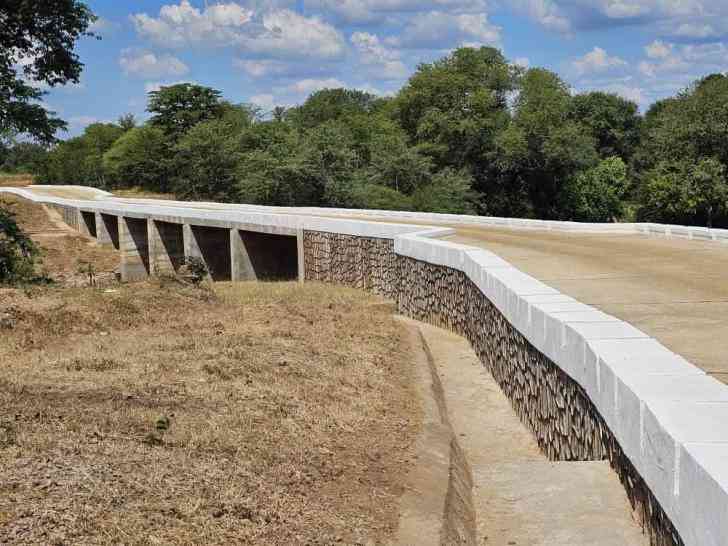
A NEW era of connectivity and opportunity has dawned in Lupane East, following the commissioning of the US$950 000 Somgolo Bridge, a long-awaited project that is now transforming lives and boosting economic activity in the region.
Commissioned under the second republic’s infrastructural development drive, the investment into the bridge is already paying dividends by improving access to Lupane Centre and enabling safer, faster travel for both residents and businesses. Local economic players, especially in the forestry and safari sectors, are among the major beneficiaries of this vital infrastructure.
Speaking at the commissioning bridge last week, Matabeleland North minister of State for Provincial Affairs and Devolution Richard Moyo highlighted government’s commitment to inclusive development.
“Before this bridge, there were difficulties, lives were even lost. The construction of this bridge started in 2005 and was met with challenges, but after substantial allocations from the second republic, this bridge became a reality.
“The project did not stop at the bridge. Government also funded the construction of the 20-kilometre Somgolo Road, for US$650 000, further enhancing rural access,” he said.
Lupane East legislator, Siphathisiwe Machangu, said the bridge had a life-saving social impact, particularly for schoolchildren who, for years, had to cross dangerous, flood-prone rivers to attend class.
“This is a story of success and changed lives by a government that cares about us. We are now able to travel without fear of any inconvenience such as floods,” said Machangu.
The Somgolo Bridge has been long coming. Originally started in 2005, the project stalled due to funding issues.
- Jotsholo residents bemoan underdevelopment
- US$950K Somgolo link transforms Lupane East
- US$950k Lupane bridge cost sparks outrage
Keep Reading
Co-ordinator for the Rural Infrastructure Development Agency in Matabeleland North Lawrence Ndebele said: “The bridge was started in 2005. We got funding in 2018 when the second republic came in and managed to complete construction in 2024.”
This achievement is a testament to government’s ongoing “leaving no one and no place behind” policy, bringing development that reaches deep into rural Zimbabwe — bridging not just rivers but the gap between communities and opportunities.









